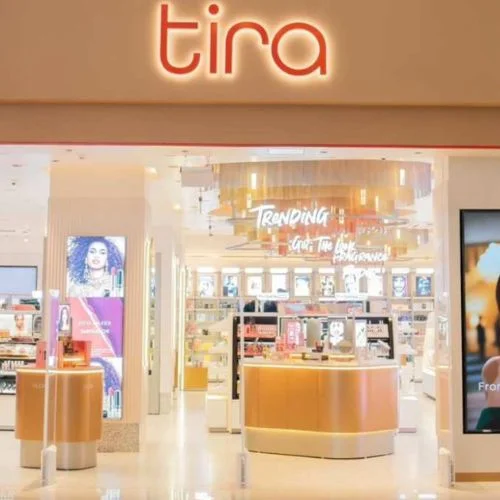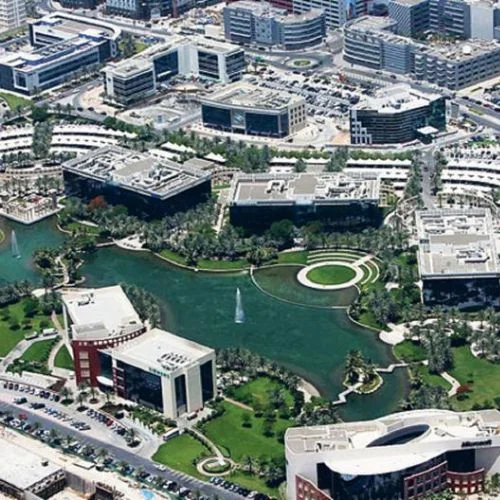By examining residential real estate, automobiles, business class travel, business schools, degustation meals, and other indulgences, Julius Baer’s Lifestyle Index determines the top 25 most expensive cities in the world. For the fourth consecutive year, Asia continued to be the area where luxury living is most expensive.
As epidemic limitations were eased and freedom was restored, the study discovered an increase in the desire for travel and recreation. Indian city Mumbai, India, improved to the eighth position from the twenty-fourth position the previous year.
Asia continues to top the list of the world’s most livable cities, solidifying its status as the most expensive area to live in for the fourth consecutive year. All Index goods in the area have had price increases in local currency that range from an average of 13% to much higher over the last year. The largest average increases across all areas have been recorded in hotel suites, business class travel, and automobiles: hotels by 39.1%, flights by 32.9 %, and automobiles by 25.2%.
There have been noticeable differences across cities. Shanghai, Hong Kong, and Taipei have been surpassed by Singapore, which now holds the top global and regional ranking. Despite dropping to the second position, Shanghai is still a pricey city. However, the average price rise in local currency was just 3%, the smallest increase of any city, presumably as a result of the continuing pandemic restrictions in 2022. Prices have continued to grow, especially in the hospitality sector, where the average price of a hotel suite increased by 102% and the average price of fine dining increased by 45% in Hong Kong, which saw the last limitations lifted before Shanghai.
Two unique images emerge among the other cities in the area. While those in emerging economies like Bangkok, Jakarta, and Mumbai are steadily rising, those in established economies like Tokyo and Sydney continue to slide down the rankings. The Japanese yen has had a difficult year, especially when compared to the dollar when values are converted for international comparison. All Index items in Tokyo have increased in price in local currency, except fine dining (fine dining -2%), while prices in Japan are believed to have increased at their quickest pace in four decades in 2022.
Consumer goods prices have increased significantly in Asia’s emerging countries, with Jakarta‘s local currency prices rising by an average of 22%, the biggest rise worldwide. It seems expected that Bangkok, Jakarta, and Mumbai will all continue to compete with their more seasoned rivals for better positions in the city ranking.
Our Lifestyle Survey reveals that individuals are moving about once more in the area, with private automobile and commercial airline use rising at the fastest rates internationally. Travel and hospitality demand will continue to grow, and discretionary spending on fashion and high-end items is also expected to grow, especially in light of China’s reopening at the beginning of 2023.















